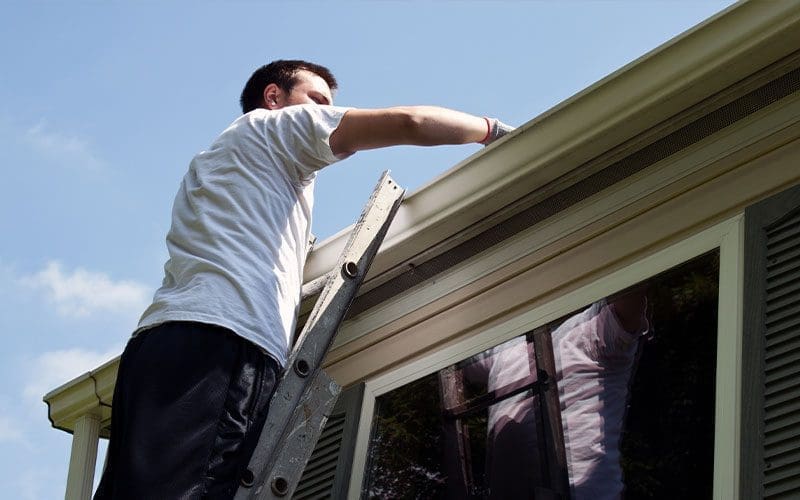
Published: May 01, 2019
How to Avoid Springtime Injuries
Spring is in the air! The sun is shining, the birds are chirping, and you’re itching to get active. However, shedding those winter blues can come with a cost if you’re not careful. After a long dormant winter, you are vulnerable to springtime injuries. Whether you’re hitting the pavement for a jog or climbing a ladder for a much needed spring cleaning project, be sure to take it slow and ease yourself into your activity.
Here are Some Tips to Help You Avoid Getting Sidelined by Springtime Injuries.
Spring Cleaning
- Take frequent breaks and stay hydrated.
- Start out small and work your way up to the larger projects. This gives your muscles and joints time to loosen up and take on bigger tasks as the day progresses, reducing your risk of injury.
- Get help for moving heavy furniture. Lift with your legs, not with your back.
- Clean the floor with a mop rather than on your hands and knees. If you need to be on your hands and knees, be sure to kneel on a pad and don’t reach too far in any direction.
- While vacuuming, keep the hose at waist height and use both hands to push the vacuum to avoid straining your neck and spine.
- For cleaning the bath tub, stand outside the tub and use a long mop rather than leaning over the side.
- To wash high windows, use a secure ladder or step stool to stay level with the window. This prevents you from stretching your back and neck upwards for long periods of time. This can also be used for painting.
Running
- Ramp up slowly. Doing too much too fast greatly increases your chances of injury. You should increase your mileage by no more than 10% each week.
- Be sure to wear proper footwear and replace your running shoes every 300-500 miles.
- Stretch daily to improve flexibility. Stretching should be done after you warm up your muscles.
- Give your body adequate time to rest. If you don’t, your body can break down, increasing your chances of injury. For experienced runners take a rest day every 7-10 days and for less experienced or injury-prone runners, take 2 rest days every 7-10 days.
- Strengthen your leg muscles. Strong calf muscles can help absorb some of the shock that would otherwise go straight to your tibia causing shin splints.
- Drink plenty of fluids throughout the day, not just while you’re running.
- Warm up before and cool down after all runs and races.
Gardening
- Warm up with a walk around the garden to get the blood flowing and do a few stretches of your hands, back, and legs to prepare your muscles for activity.
- Use caution when handling garden equipment. You don’t want to lose a finger or toe!
- Choose hand tools that fit your grip so they don’t cause blisters, calluses, or muscle pain.
- Wear gloves. They can provide protection from a number of injuries such as infection from small organisms in the soil and puncture wounds from buried objects.

- Wear sunscreen and protective clothing if you’re working in the sun.
- Protect against insects by wearing gloves, long clothing, and applying repellent, especially if you have allergies.
- Rotate tasks every 15 minutes to avoid repetitive stress injuries to your knees, wrists, and back.
- Don’t overdo it. Take frequent breaks and stay hydrated.
Cleaning the Gutters / Using a Ladder
- Hire a professional. There is no shame in letting someone trained with the proper tools to do the job for you. But if you decide to tackle the project yourself, practice the following safety tips.
- Practice ladder safety.
- Always let someone know you will be using a ladder.
- Use a safe and sturdy ladder. Fiberglass ladders are the sturdiest, but also the heaviest. A good 2nd option is an aluminum ladder to reduce fatigue from moving the ladder a lot.
- Utilize a garden hose with a pistol-grip trigger spray nozzle.
- Get a plastic gutter scooping tool, available at most hardware stores.
- Wear gloves to prevent cuts and protect against dirty, rotting leaf debris, that often contains bacteria. Thick, suede glove material is recommended.
- Wear protective eye wear.
- Wear rubber-soled shoes when walking on the rooftop.
- Watch out for hazardous power lines.
Just remember to take it slow and allow yourself to warm up to your springtime project or activity so you can enjoy everything spring has to offer — injury free.
